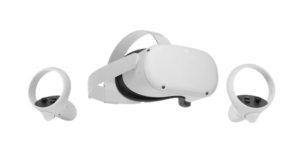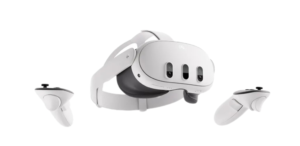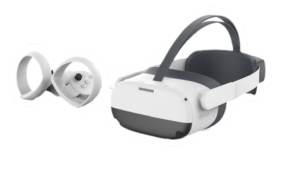

Here are some ways VR can be utilized in education:
In essence, VR has the potential to transform education by offering students dynamic and immersive learning opportunities that complement traditional classroom instruction.
The variety of educational content for VR is increasing every year, as is the variety of VR devices. We understand that schools may easily become confused and hesitant about which devices to purchase for the classroom. This article aims to clarify this issue.
When choosing VR devices for the classroom, it is important to focus on several key factors to ensure that they meet the educational needs of the students and teachers.
At XReady Lab, we recommend four models of VR headsets based on the optimal ratio of price to the features required for the classroom:




These models offer a balance of quality, affordability, and functionality, making them ideal for educational settings.
Here are some considerations to keep in mind when choosing VR headsets for educational use:

When selecting VR devices for the classroom, these factors will help schools effectively integrate virtual reality technology into their educational programs, providing students with engaging and immersive learning experiences.
You may like it
Frequently Asked
We prodive VR biology, VR physics, and VR chemistry simulations. Please, check our catalog.
Please, fill the form to get demo labs for free.
Please contact our customer support service at support@xreadylab.com or book a call with the team to find out the conditions and book the VR class set up at your school.
Subscription to XReady Lab interactive VR labs. If you are a school, then you are also given access to the VR classroom system. VR class system helps you easily launch VR lessons for a large number of students, follow the experience of each student, as well as customise the content without developers.
We adhere to the world’s generally accepted recommendations and research. Our products are suitable for children from 12 years old.